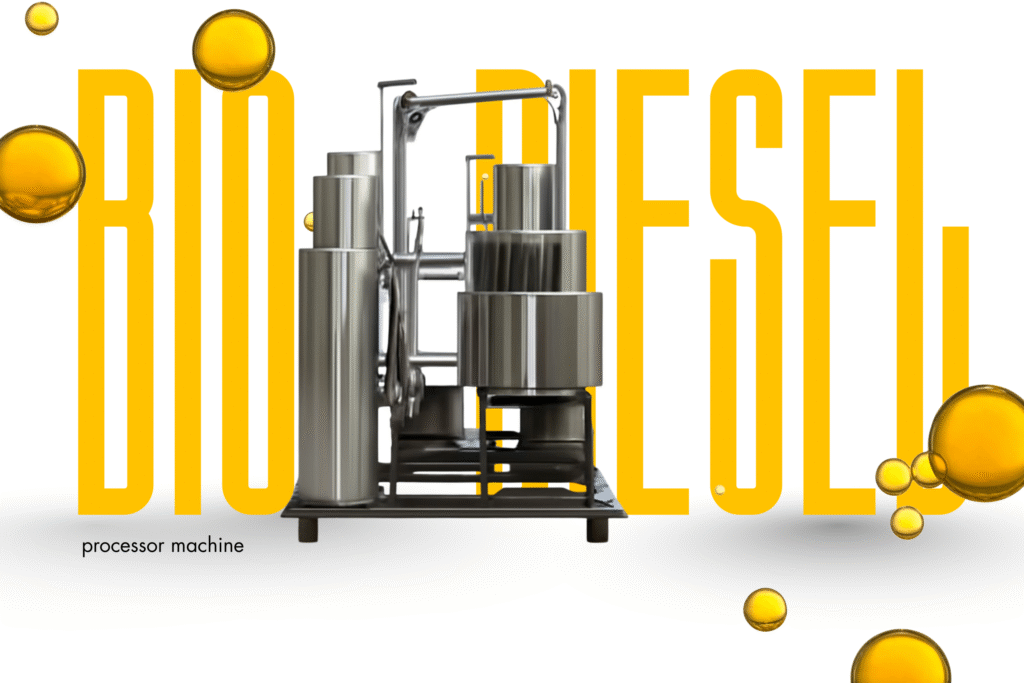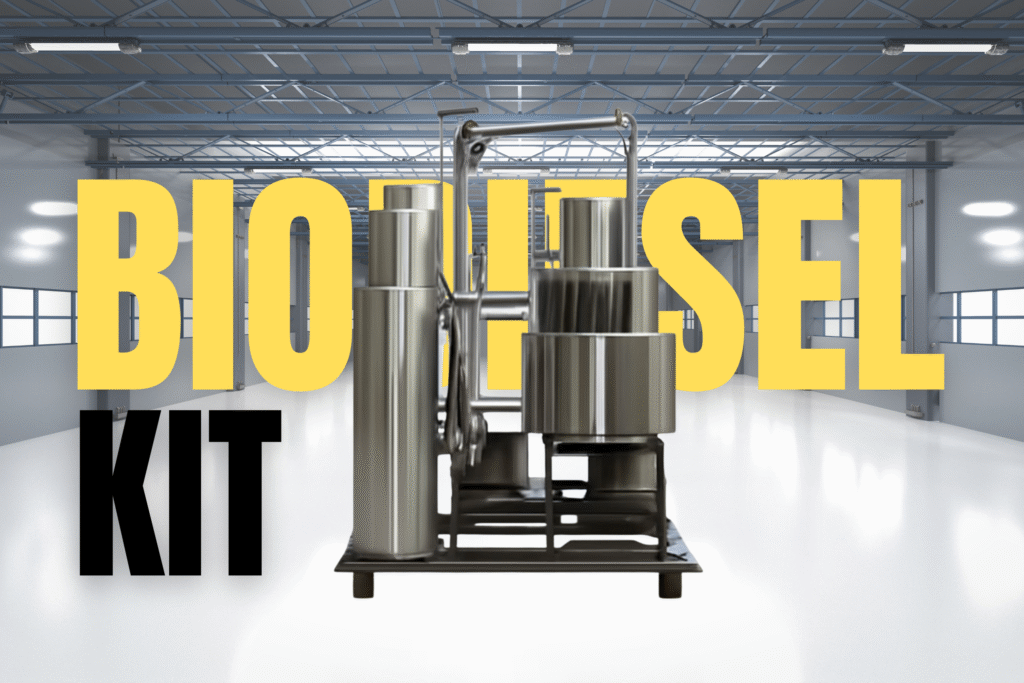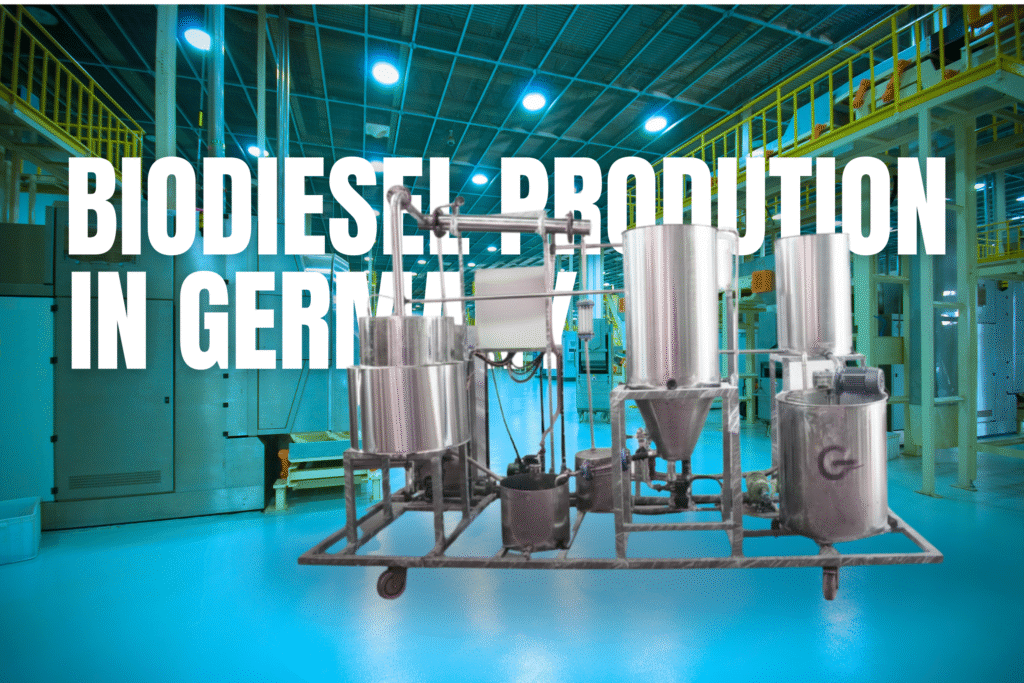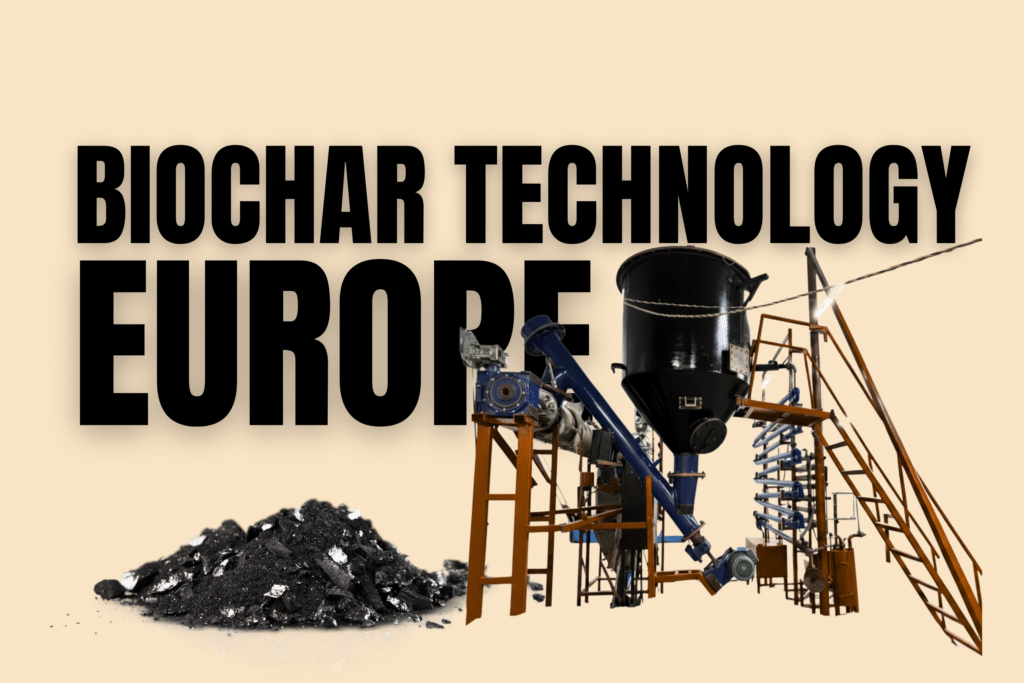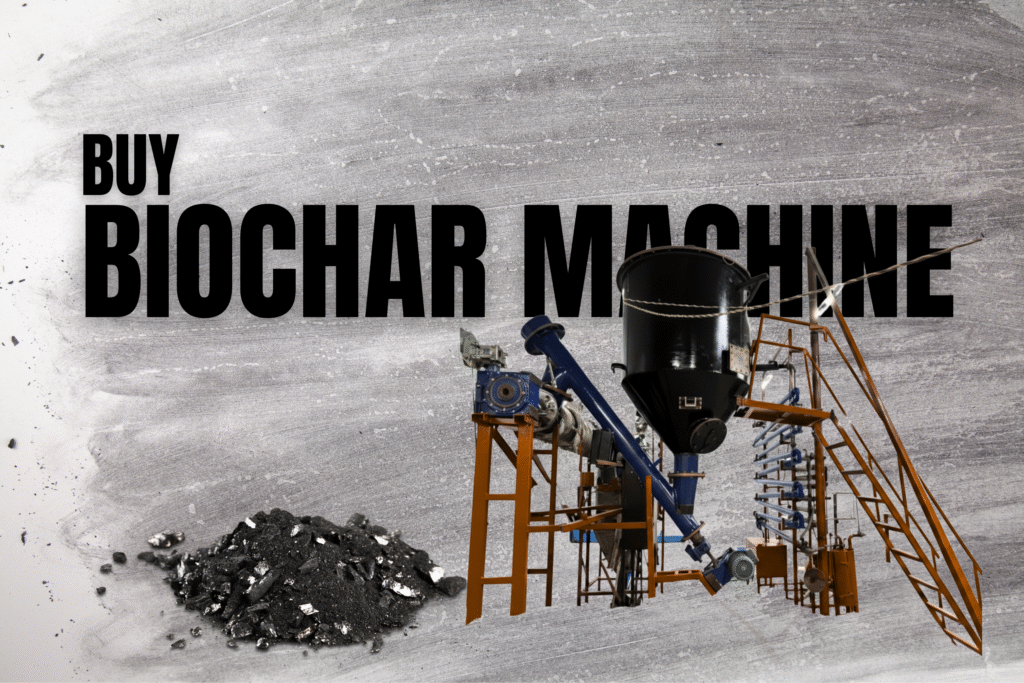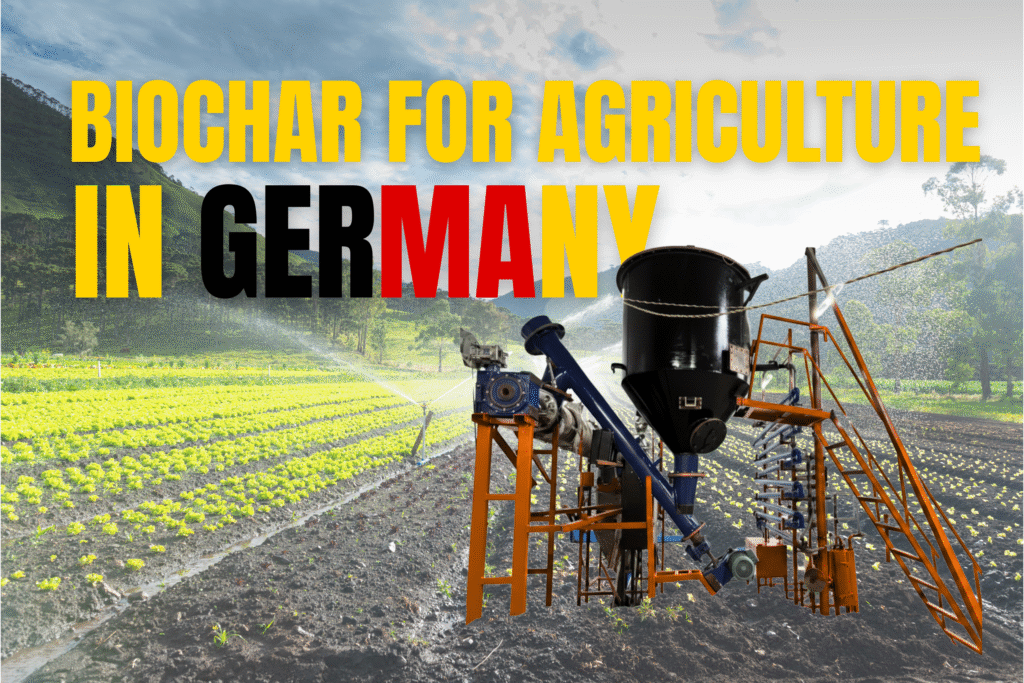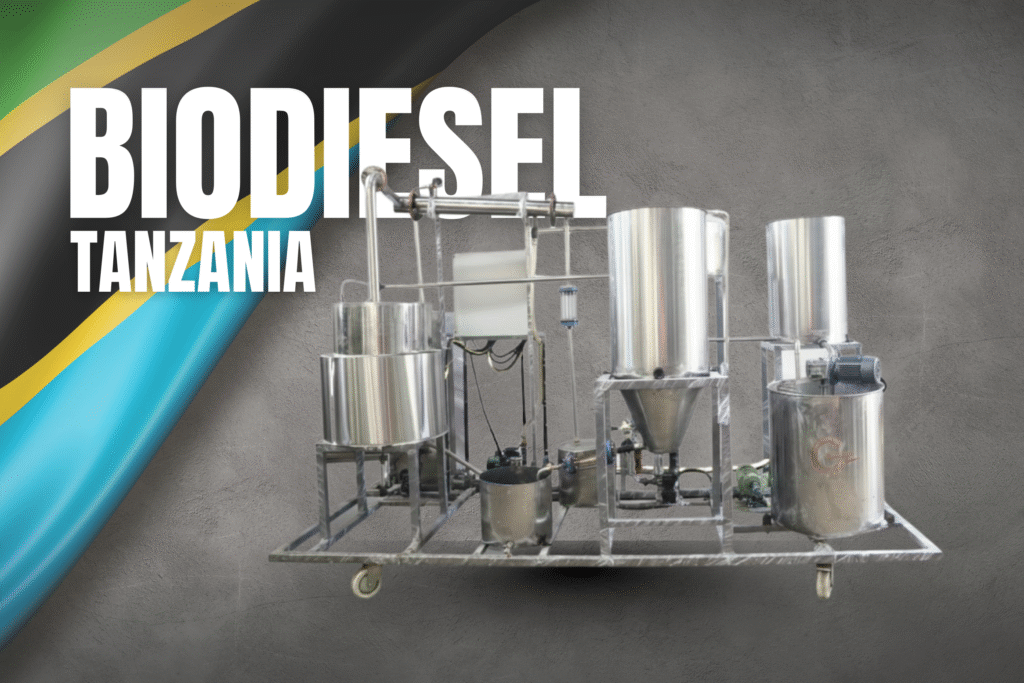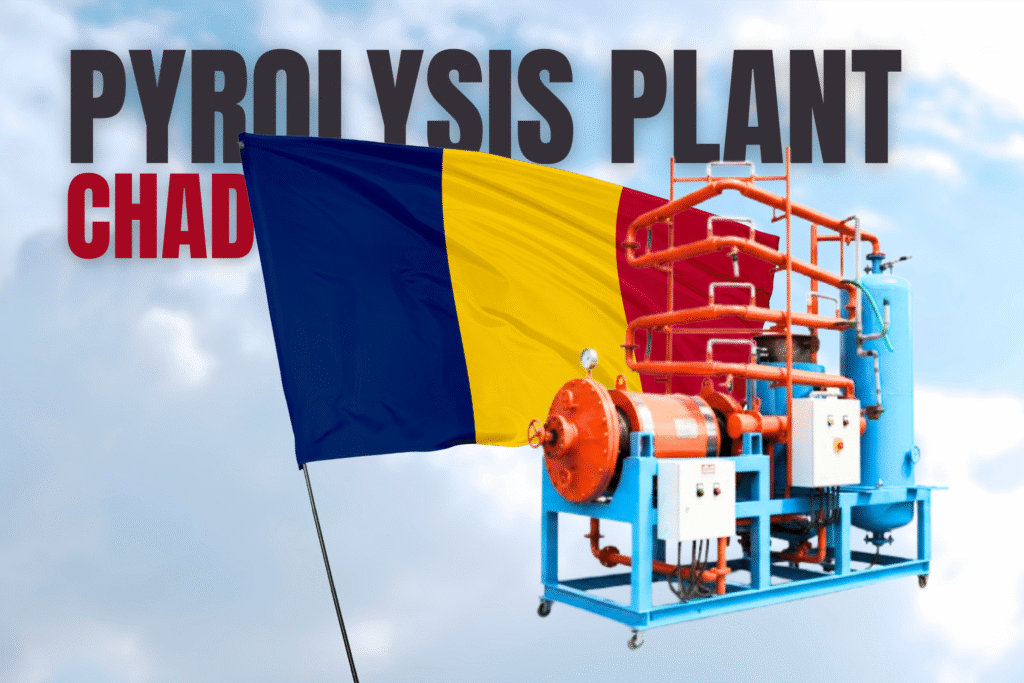Why Europe Needs a Reliable Biodiesel Processor Machine : Expertise, Trends & Opportunities
Introduction In today’s drive for cleaner energy and sustainable fuels, the role of a high-quality Europe-based biodiesel processor machine has never been more pivotal. If you’re operating in the transport, industrial or marine sectors across Europe, understanding how a biodiesel processor fits into your strategy is essential. In this blog we will be talking about what a biodiesel processor is, how they work, why Europe is a growth market, what to expect in the areas of expertise and trust, and how you can collaborate with the right biodiesel processor for your needs. What is a Biodiesel Processor machine? A biodiesel processor machine has been defined as a facility, plant or equipment that takes the feedstocks (such as vegetable oils, waste-cooking oil, animal fat or other renewable lipids) and processes them to biodiesel fuel using a transesterification process or other newer technologies. The definition also covers the company/operation running that conversion, refining, quality assurance and end-user sale/distribution of biodiesel. When European governments and businesses are working towards decarbonisation, is the key connecting point: converting waste or sustainable feedstocks into specification and regulatory compliant fuel. By choosing a biodiesel processor machine, you’re not just choosing a service company — you’re choosing a partner with thorough technical know-how, regulatory knowledge (specifically under EU regulations) and operations excellence. Why Europe is a Strong Market for the Biodiesel Processor Role Growing market size & policy support The biodiesel industry in Europe is expanding continuously. The Europe biodiesel market was around USD 19.5 billion in 2024 and is projected to reach USD 32.2 billion by the end of 2033 at a CAGR of about 5.7%. Yet another projection places the Europe biodiesel market value at USD 21,246.9 million in 2024 and potentially reaching USD 29,760.9 million by 2034 at a CAGR of 3.4%. These figures reinforce that investing in or partnering with a Europe biodiesel processor is consistent with medium-term growth. Regulatory and environmental drivers The region is regulated by ambitious climate targets, including the Renewable Energy Directive II (RED II) and forthcoming RED III legislation, that promote increased renewable fuel content in transport. A strong Europe-centric biodiesel manufacturer will be familiar with, and comply with, such levels, in order for their product to be eligible for incentives, credits and market access. Feedstock evolution and circular economy European feedstock trends are shifting: more and more, waste-based feedstocks (used cooking oil, animal fats) rather than just crop-based oils. For example, nearly a quarter of biofuel consumption in the EU in 2020 was derived from waste feedstocks. That means that an modern-day biodiesel processor machine must adapt to mixed feedstocks, maintain quality, and ensure that the product is compliant with technical standards for engines (EN 14214 standards, etc). Regional leadership Leader countries such as Germany produce a lot of biodiesel. For example, Germany was among the leading European countries producing biodiesel in past years. Having a presence in or an association with a European biodiesel translates to local logistics, compliance knowledge, and mature supply chains. What to Look for in a High-Quality Biodiesel Processor machine When you evaluate potential partners for your European business, consider the following factors: Technical know-how & feedstock flexibility Is the biodiesel designed for diverse feedstocks (virgin vegetable oils, waste cooking oil, animal fats, residues)? Does their facility have advanced transesterification or advanced conversion technology (assuring high yield, low glycerol, high purity)? Do they hold certifications based on European standards (EN 14214, RED compliance, etc)? Do they have QA/QC processes in place (lab, testing, supply chain traceability)? Regulatory understanding & compliance Do they comprehend current and future European regulation on renewable fuels, incentives, certification, sustainability criteria? Are their processes audited and their reports transparent (for customers who may claim to use “renewable diesel” or are claim-eligible for credits)? Are they located with the correct certification bodies (e.g., ISCC, RED sustainability audits)? Supply chain & logistics capacity A biodiesel processor machine needs to have strong inbound feedstock supply and outbound product logistics (specifically in Europe). Geography matters: closeness to major feedstock sources, port access, inland transportation arrangements. Turn-round times, storage, blending capacity, ability to supply your country/region. Customer service, trust & partnership ethos Does the biodiesel processor machine act as more of a supplier or strategic partner? Do they seek continuous improvement, sustainability reporting, long-term contracting? Are there references, case studies, audited performance data? Transparency: Can one trace the feedstock origin, the stages of production, success in reducing emissions? Value for cost, but not at the expense of standards It can be feasible for a biodiesel processor machine to offer competitive cost, but lowest cost may not be optimal if quality or compliance has to be compromised. Ensure that the fuel used by your compatible with your engine and regulatory demands; otherwise, savings will cost you in rework, engine issues or regulatory risk. Principal Applications & Benefits of Utilizing a Biodiesel Processor machine in Europe Decarbonisation & sustainability credentials Using a proven proven , you can reduce your lifecycle CO₂ emissions, meet internal sustainability KPIs, and earn regulatory incentives. The value is greater than fuel price — it’s brand image and a matter of environmental responsibility. Compatibility and ease of operation Today biodiesel from a reputable biodiesel producer is often drop-in compliant with standard diesel engines (in the majority of cases via B100 or less blends) and does not always require detailed engine re-design. That is, it is easier to shift. Some companies, for example, highlight that their biodiesel production complies with EN 14214, which permits drop-in substitution. cargill.com Supply chain resilience & localization Having a locally based processor gives you shorter supply chains, reduced geopolitical risk, and often better logistical access. As feedstocks grow to be more quality-sensitive and regulated, a local can give you a competitive edge. Financial incentives & market access Because governments in the EU and Europe are promoting renewable fuels, a processor that meets sustainability requirements (waste feedstock, residues) can qualify you to claim credits, gain market benefits, or secure new contracts with “green fuel” specifications. Challenges & What

